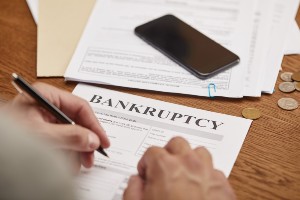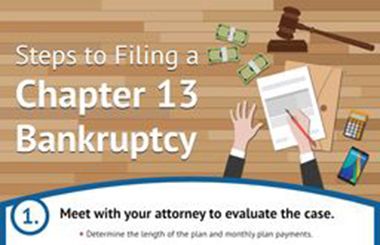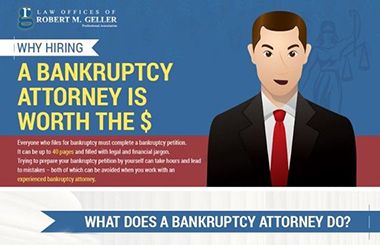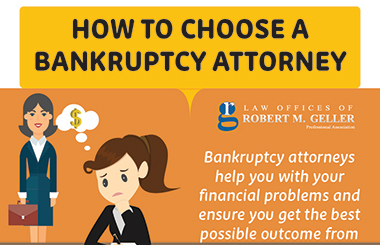
Bankruptcy is a step toward a better future. Many feel ashamed or defeated by bankruptcy, but it doesn’t define you. It’s a financial tool, and it can help you rebuild your life.
If you’ve filed for bankruptcy or are thinking about it, here’s what you need to know about moving forward.
You Are Not Alone
First, understand that you’re not the only one. Thousands of people file for bankruptcy each year. Job loss, medical bills, divorce, and unexpected life events can push anyone into debt.
Bankruptcy isn’t a failure. It’s a legal solution for people who need help getting back on track. It gives you space to breathe and a chance to reset.
Your Financial Past Is Not Your Future
It’s easy to let money problems define your identity. But bankruptcy helps separate your financial past from your future. Once your debts are discharged, you can start fresh.
This is your opportunity to take control. Make a new plan, set goals, and focus on long-term stability instead of short-term stress.
Rebuilding Credit Takes Time—But It’s Possible
Many people worry about their credit score after bankruptcy. It will take a hit, but so will missing payments, maxing out credit cards, or facing lawsuits from creditors.
The good news? Your credit will recover. Some people begin rebuilding their credit within months of filing.
Start with small steps:
- Open a secured credit card
- Make on-time payments
- Keep balances low
Over time, these actions add up and help restore your score.
Create a Budget That Works
Building a realistic budget is one of the best ways to move forward. Look at what you earn, track what you spend, and create categories for needs, savings, and small wants.
The goal isn’t to punish yourself. It’s to gain control over your money. A good budget helps you avoid new debt and gives you peace of mind.
Focus on Saving, Even If It’s Small
After bankruptcy, saving money becomes even more important. Start small. Set aside a little each week, even if it’s only $5.
Build an emergency fund. This helps you stay stable when surprise expenses come up. It also gives you confidence and flexibility in daily life.
Set New Financial Goals
What do you want your financial future to look like? Maybe you want to buy a home, go back to school, or stop living paycheck to paycheck.
Bankruptcy clears the way. Now you can focus on moving toward those goals. Write them down. Break them into small steps. Take action.
Even small progress matters. Every step forward builds momentum.
Watch Out for Predatory Offers
After filing for bankruptcy, you may receive offers for loans or credit cards. Some of these may help rebuild your credit, but others come with high fees or predatory terms.
Read everything carefully. Don’t sign anything without understanding the risks. If something sounds too good to be true, it probably is.
A trusted bankruptcy attorney can help you avoid scams and make smart choices.
Build a Support System
Money stress affects your mental health. Talk to people you trust. Consider a financial counselor or therapist. You don’t have to go through this alone.
Support helps you stay on track and feel less isolated. Surround yourself with people who want to see you succeed.
Speak With a Bankruptcy Attorney
Bankruptcy laws are complex. Mistakes can cost you time and money. That’s why speaking with a lawyer is important before you file.
An attorney can explain your rights, your options, and how to avoid common errors. They’ll help you decide if bankruptcy is the right path for your situation.
Bankruptcy doesn’t define you. It doesn’t mean you failed. It means you’re ready for a new start.
If you’re considering bankruptcy or want help rebuilding your financial life, reach out to the Law Offices of Robert M. Geller. Schedule a consultation and get clear, honest advice. Moving forward starts with understanding your options.



























![Signs That You May Need to File Bankruptcy [Infographic]](https://djml3wkzi26ea.cloudfront.net/wp-content/uploads/2021/01/signs-chap7-v-chap13.jpg)
![How To File for Bankruptcy [Infographic]](https://djml3wkzi26ea.cloudfront.net/wp-content/uploads/2020/07/bankruptcy-steps-infographic-web.jpg)










